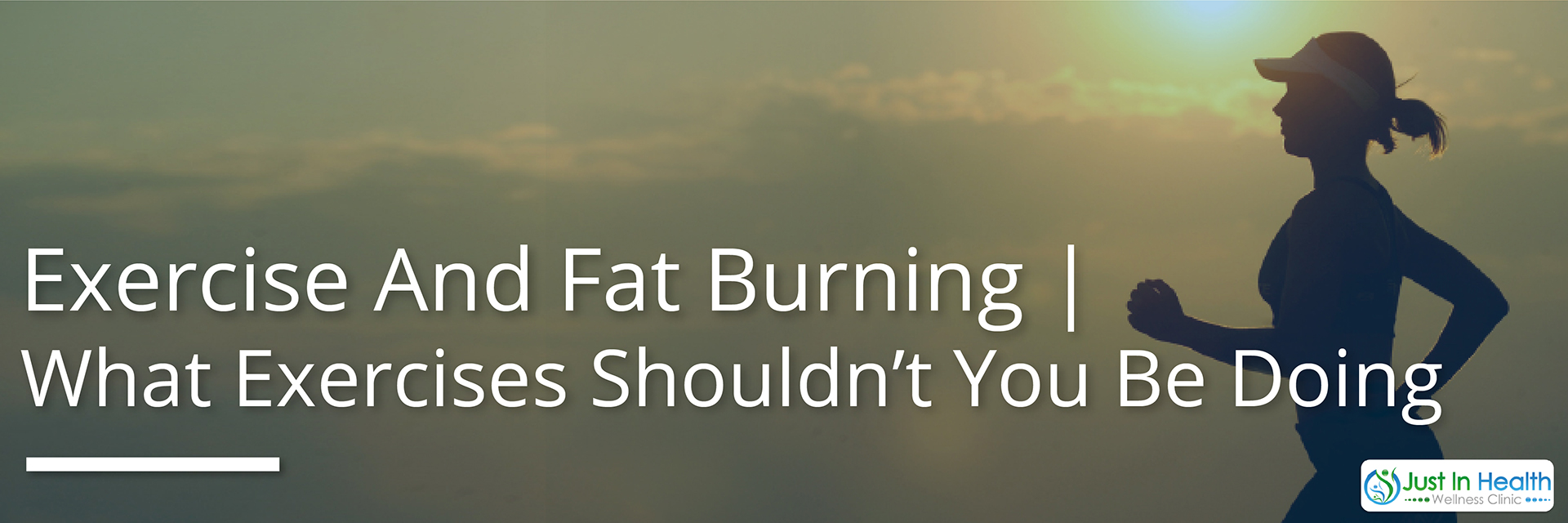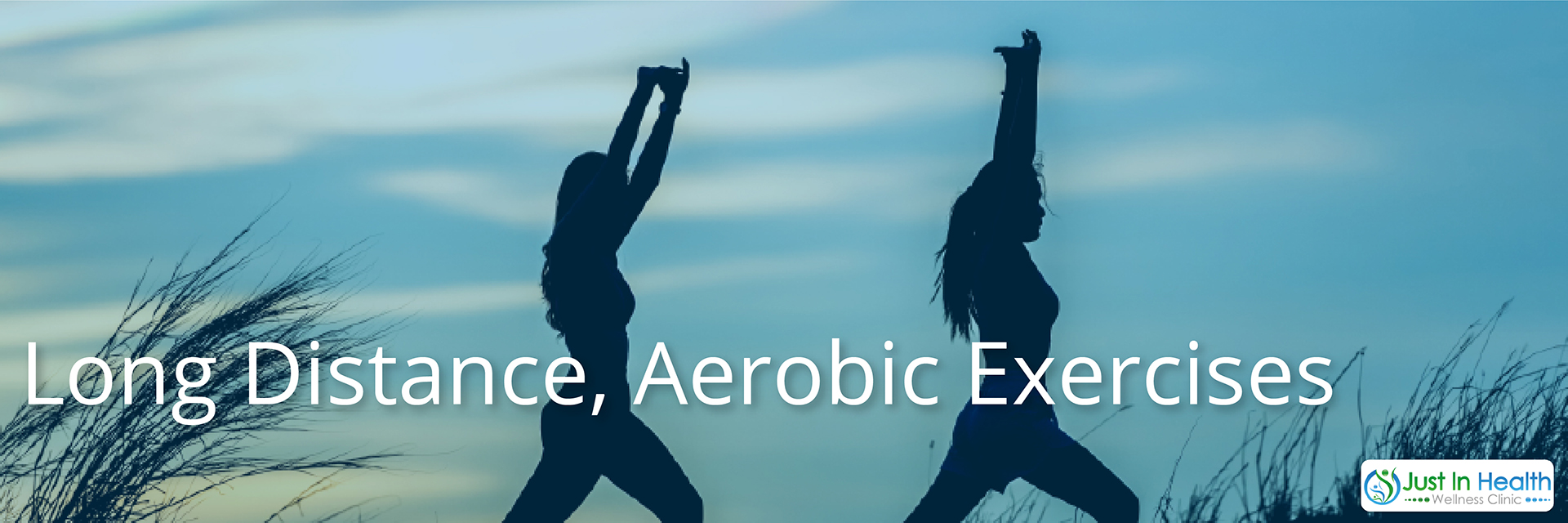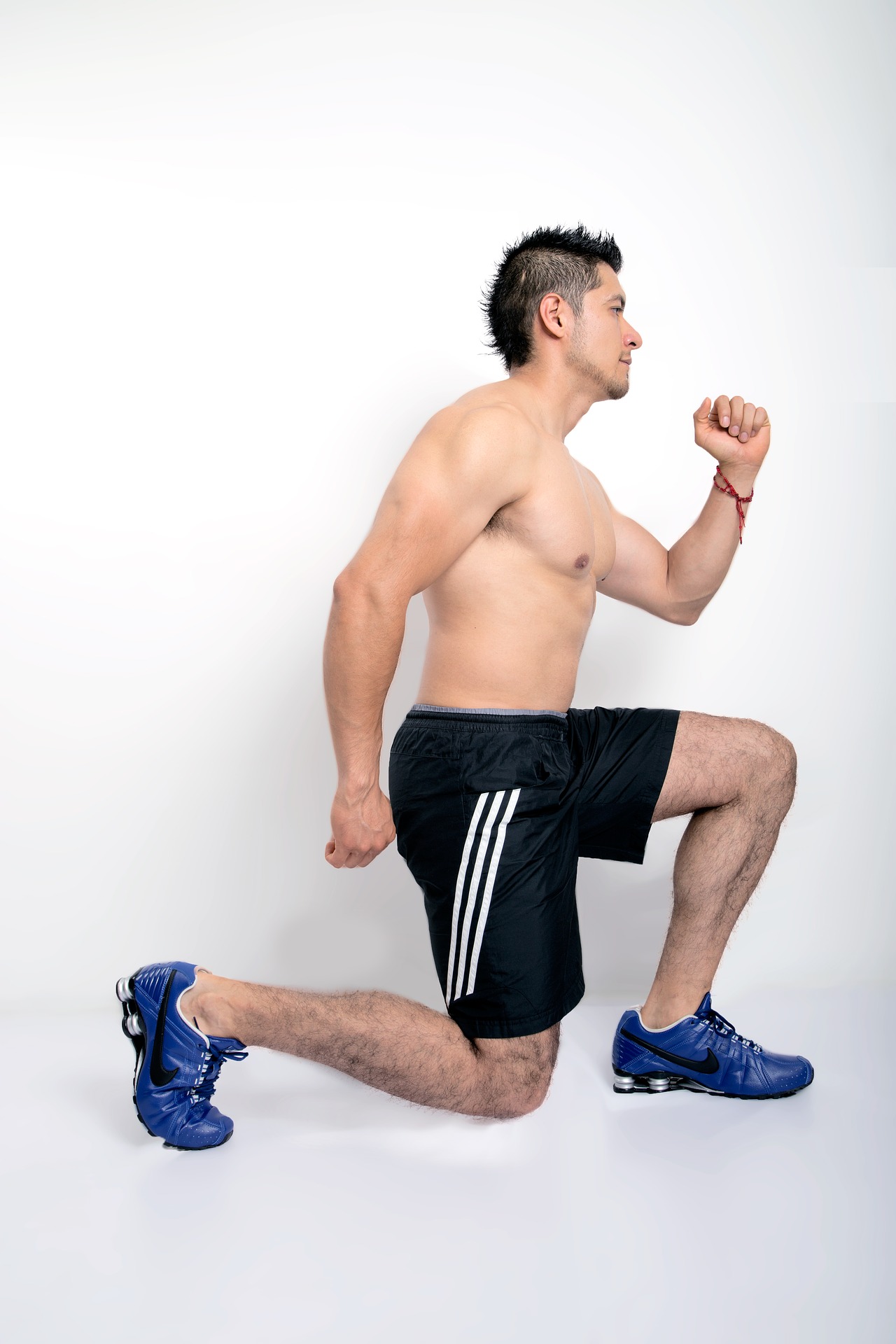

By: Dr. Justin Marchegiani
Today’s talk is going to be on exercise. What’s the best kind of exercise I can be doing to burn the most amount of fat, look good and perform well? This is the question that runs across my desk multiple times per day. I see many patients trying to optimize their body composition. I’ve studied this topic and I applied and used it in my life daily. So with regards to the exercises that I recommend, first thing we should look at is what exercises shouldn’t you be doing.

I see many people that are into marathon running or doing triathlons and various long distance aerobic types of exercises. If you enjoy these exercises, you’re in good health, and you have no healthy complaints, that’s fine. That’s one thing. But I see many people that are going to these exercises to actually improve their body composition. Such exercises, for the most part, are very oxidatively demanding. This means that it creates a lot of free-radicals which can damage DNA. Another thing is they stress your adrenals out. They make a whole bunch of cortisol and actually break down lean tissue, and break down the muscle.
Being a chiropractic physician as well, I treat many patients with chronic injuries. They do these type of events. They do the marathon, the long distance aerobic. And so, I strongly recommend that’s not the best way to change your body composition and to get optimal health.
If you enjoy, that’s one thing. But a lot of people are just doing it because it’s ubiquitous. Everyone’s running and doing all these different things. And they think, “If I do it, I’ll just benefit just like they did.” And that usually isn’t the case.

The type of exercise I recommend is Interval with Burst Training. I recommend body contour and burst training. It’s initially starting at a certain level of intensity to get loose, then increasing the intensity for about 30 seconds at a maximal effort. And then, come off that, and do about a 90 second rest and recovery. It should be done back and forth about 8 times. And then follow it up with about a 3-minute cool down.
What this is doing? The ups and downs on a short duration is actually increasing a growth hormone called, growth hormone. And many people actually spend $2,000-5000 a month on growth hormone injections. But by doing the right exercise, you can actually stimulate growth hormone production.
Know more about burst training by clicking here.
And we look at long distance, aerobic exercise, once you hit past that 40-minute threshold, we’re seeing an increase in the hormone cortisol. And more stress hormones and more adrenalin being produced. One of the main reasons why people tend to conduct this exercise is that they hit the wall at some point, or they get this “runner’s high” that is usually a spike in beta endorphins which are natural anti-depressants.

When we look at exercise, we have to look at the hormonal implications of these exercises. And the hormones we’re making with long distance, aerobic exercise, tend to be hormones that break us down. These hormones actually weaken our metabolism overtime and cause an increase in oxidative damage, which actually means damage to our DNA.
The exercise I’m recommending are short-duration, high-intensity types of movement patterns to help increase growth hormone and to actually help bring down cortisol.
Outside of that, resistance training can be very beneficial. Especially if you’re doing functional movement patterns which is bending, or squatting, or lunging, or pushing, or pulling, or twisting, and walking as well.
It’s important that we’re using good form with these movements because poor form can actually cause increase injury. And injury means more and more cortisol, which is not good.
Learn more about healthy body composition by clicking here.
So the key takeaway from this video— working smarter is actually better than working harder. And trying to add in some of the burst or interval training into your workout, cutting down some of the long-distance, aerobic training can improve your body’s ability to burn fat and help put on nicely muscle.
For more information, feel free and visit justinhealth.com and/or email, call the office.